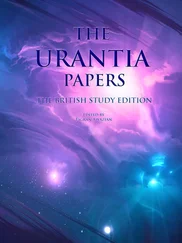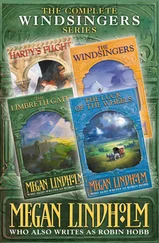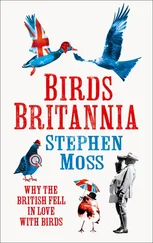The third member of this winter trio is even more exotic than the other two. Waxwings are starling-sized birds with a delicate buffish-brown plumage, black and yellow wings tipped with red – these resemble sealing wax, hence the bird’s name – and a wispy crest, giving them a faintly comical appearance.
Unlike other winter visitors, waxwings are a so-called ‘irruptive’ species, which means that in some years hardly any come to spend the winter in Britain, while in other years there may be tens of thousands. Their appearance here does not, as some suppose, foretell a hard winter. It is simply a reflection of their population level and the amount of food back home in Scandinavia – during years of berry shortages and high numbers of birds, they will head south, otherwise they stay put.
Unlike other rare birds, waxwings rather like our suburbs and gardens, where they can often find plenty of juicy red berries to eat. They also regularly turn up in supermarket car parks, which are often planted with berry-bearing bushes whose fruit appears at just the right time for the waxwings’ arrival.
If you are lucky enough to discover a flock of waxwings feeding in your front garden, be prepared for another invasion – from hordes of eager birders wanting to see this beautiful bird.
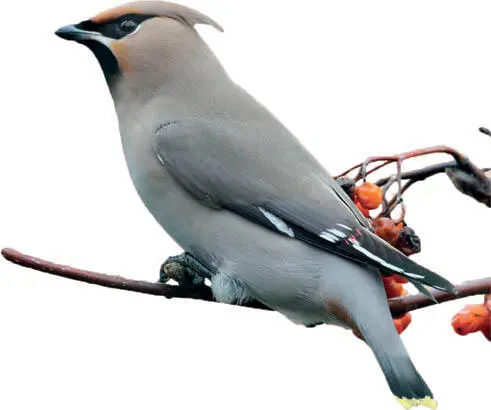
©Gianpiero Ferrari/FLPA
Waxwings may be rare and exotic, but they are often found in gardens where they feed on berry bushes.
Black Crows

©John Eveson/FLPA
©Andrew Parkinson/FLPA
©Winfried Schäfer/Imagebroker/FLPA
Telling apart the rook, carrion crow and raven takes practice, but given good views is reasonably straightforward.
Crows are a bit of a paradox. Few birds are so hated, yet few are so intelligent and fascinating. Why they are so loathed by so many people is a combination of the way they behave and their appearance: there is a long tradition of black birds being associated with evil, and birds don’t come much blacker than some of our crows.
There are four black kinds of crow that you are likely to encounter in Britain: the carrion crow, rook, jackdaw and raven. Then there are two other mainly black species: the hooded crow and chough, though these tend to be confined to more remote northerly and westerly parts of the country.
Of all our birds, perhaps the crows cause the most confusion about their identity. Indeed, for two species, the rook and the carrion crow, it is said that the best way to tell them apart is whether they are in a flock or solitary: a lone bird is supposed to be a crow, whereas a flock of sociable birds is meant to be rooks. Though it is certainly true that the rook is more gregarious than its cousin, and is often found in large feeding flocks on farmland, it is also the case that carrion crows may form large flocks, especially as they go to roost at night. The confusion is made worse by the term ‘scarecrow’: scarecrows were originally made to scare off marauding flocks of rooks, not crows!
So if behaviour isn’t a reliable way to tell them apart, how can we identify them? Well, if you get a reasonable look at a ‘black bird’, you should pay most attention to its overall colouring, especially on the head. Carrion crows are all black, including the bill, giving them a rather sinister appearance, while rooks have a greyish-white bill and face. Rooks are also more slender, with a longer neck and smaller head, and their bills are more pointed. In flight, these two can also be told apart – the rook’s style is floppier, and shows longer, more fingered wings – but it takes a lot of experience to make the distinction.
The rook and carrion crow were once the only two large crows in most of Britain, but now they have been joined in many areas by a third species, the raven. Once persecuted so much that it was seen only in remote parts of the northern and western uplands, the raven has recently spread south and east, and can now be found nesting in Kent. Ravens are huge, bulky, black birds with long wings, a large head, thick neck and massive bill, giving them a very front-heavy appearance as they fly. But the easiest way to confirm the identity of a raven is when it calls: a tremendously deep, grunting croak that you feel as much as hear!
The fourth, mainly black, species of crow, the jackdaw, is much smaller and easier to identify. Its call as it flies overhead is a distinctive ‘chack’, which gave the bird its name. When you see a jackdaw on the ground, it is easy to tell it apart from its larger relatives. Small and compact, it has a short, stubby bill and a very noticeable light grey patch on the back of its neck.
Our remaining two kinds of ‘black’ crow are not widespread. The hooded crow was once thought to be the same species as the carrion crow, but it is actually easy to tell apart, as it has large areas of grey contrasting with the black of its plumage. The ‘hoodie’, as it is often known, replaces the carrion crow in north and west Scotland, Ireland and the Isle of Man. The other species, the chough, has an even smaller range. It can be found only on the Scottish islands of Islay and Jura, in west Wales, western Ireland and, for the past few years, Cornwall. The chough’s return to this English county in the early twenty-first century was cause for great celebration, as the chough is one of three local symbols (the other two being fishing and tin-mining) on the Cornish coat of arms. The name often puzzles people, but, of course, it used to be pronounced ‘chow’, rather than ‘chuff’, and is a representation of the bird’s echoing call.
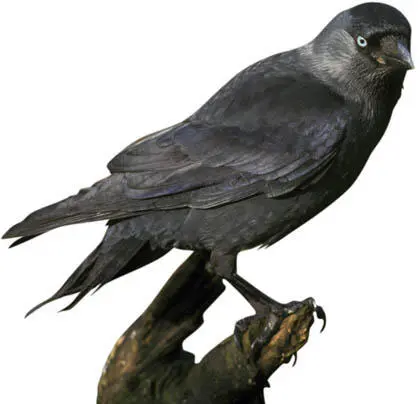
©Hugh Clark/FLPA
The jackdaw is a sociable bird, often gathering in large, noisy flocks.

©Frans Van Boxtel/FN/Minden/FLPA
©Mike Lane/FLPA
Hooded crow and chough are two of the rarer British members of the crow family.
Magpie & Jay
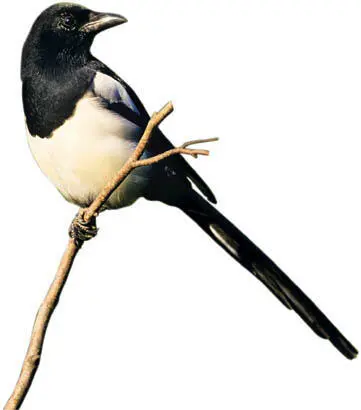
©ImageBroker/Imagebroker/FLPA
According to the well-known rhyme, a lone magpie is a sign of sorrow.
Of all our garden birds, surely none is so controversial as the two most striking members of the crow family: the magpie and the jay. The magpie is the pantomime villain of our garden birds, seen as a thief who takes eggs and chicks from nests, and also steals shiny trinkets and jewellery. With the possible exception of the sparrowhawk, no other bird comes close in the league table of Britain’s most hated birds. And its reputation spreads far and wide – there is a famous Italian opera titled The Thieving Magpie .
Now that the widespread persecution of all birds is a thing of the past, the magpie population has reasserted itself. The species’ habit of travelling in large, noisy flocks doesn’t help its reputation either. Magpies are not subtle birds, and so we perhaps notice their presence more than we would other predators.
Magpies have adapted very well to living in our gardens. By encouraging smaller birds to feed and nest, we have created a ready supply of food for them and their hungry chicks. And this is surely the point. Just like any other creature, magpies must feed themselves and their offspring. After all, we don’t condemn blue tits for killing and eating thousands of caterpillars, do we?
Читать дальше






